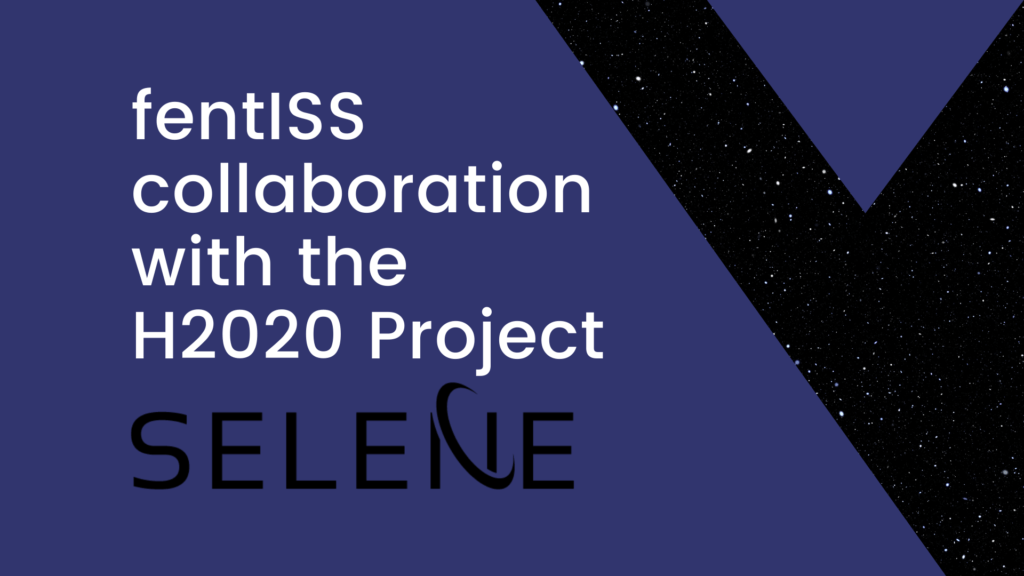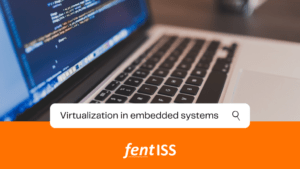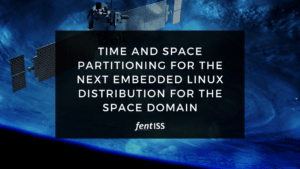Since October 2019, fentISS leads the H2020 project De-RISC, a promising work which is preparing a full hardware-software platform based on RISC-V for the space domain, which can also be used in other markets such as aviation.
fentISS’ involvement in De-RISC is being more than acceptable and the consortium has great expectations with the current and future results. As of today, the consortium has achieved several progress and partners are searching new ways of collaboration such as the cooperation with other EU-funded projects. This is the case of the recent collaboration of fentISS and De-RISC with SELENE.
SELENE proposes a safety-critical heterogeneous high-performance computing platform, which builds upon open source components such as the RISC-V instruction set architecture and GNU/Linux, and relies on the utilization of hypervisors to adapt the platform to different domains such as automotive, space, avionics, robotics, and factory automation.
Even though XtratuM hypervisor and, more specifically, the XNG version of fentISS’ solution, was not initially considered to be part of this project, some external circumstances and the good fit of this virtualization technology within SELENE’s scope has led the consortium to use XNG. Thanks to fentISS’ solution and its development in De-RISC, an appropriate high-integrity-level-capable open-source software layer which relies on built-in hardware features and delivers safety-critical amenable services will be added to SELENE’s technology.

De-RISC has already achieved the porting of XNG on top of NOEL-V in the scope of this project, allowing temporal and spatial isolation for applications executed over this processor. This has allowed to distribute a release of XNG to the customized design of the NOEL-V processor used in SELENE. Therefore, several adaptations have been required prior to deliver the hypervisor to SELENE.
The potential of open-source solutions and, more specifically the RISC-V architecture, has allowed this collaboration between projects which promises great gains for both H2020 projects.




